The visual depiction of ‘the earth kept in hands’ has become a central image in times of global crises. The meaning of the hands in this image covers a wide range of interpretations: the hands for instance symbolize shared human responsibility over the earth, they indicate human power, or it is God who keeps the earth in his hands in times of impending doom (see also: https://religionclimate.org/blog/current-insights-1/wie-draagt-de-aarde-op-handen-13).
This image of the earth kept in hands is worldwide employed by artists to point in their artwork towards multiple global crises. In this blogpost I employ the concept ‘glocal’ – a neologism of global and local (Roudometof 2016, 1) – to explore the use of the depiction of the earth kept in hands as part of three paintings of the Mithila artist Sunaina Thakur.
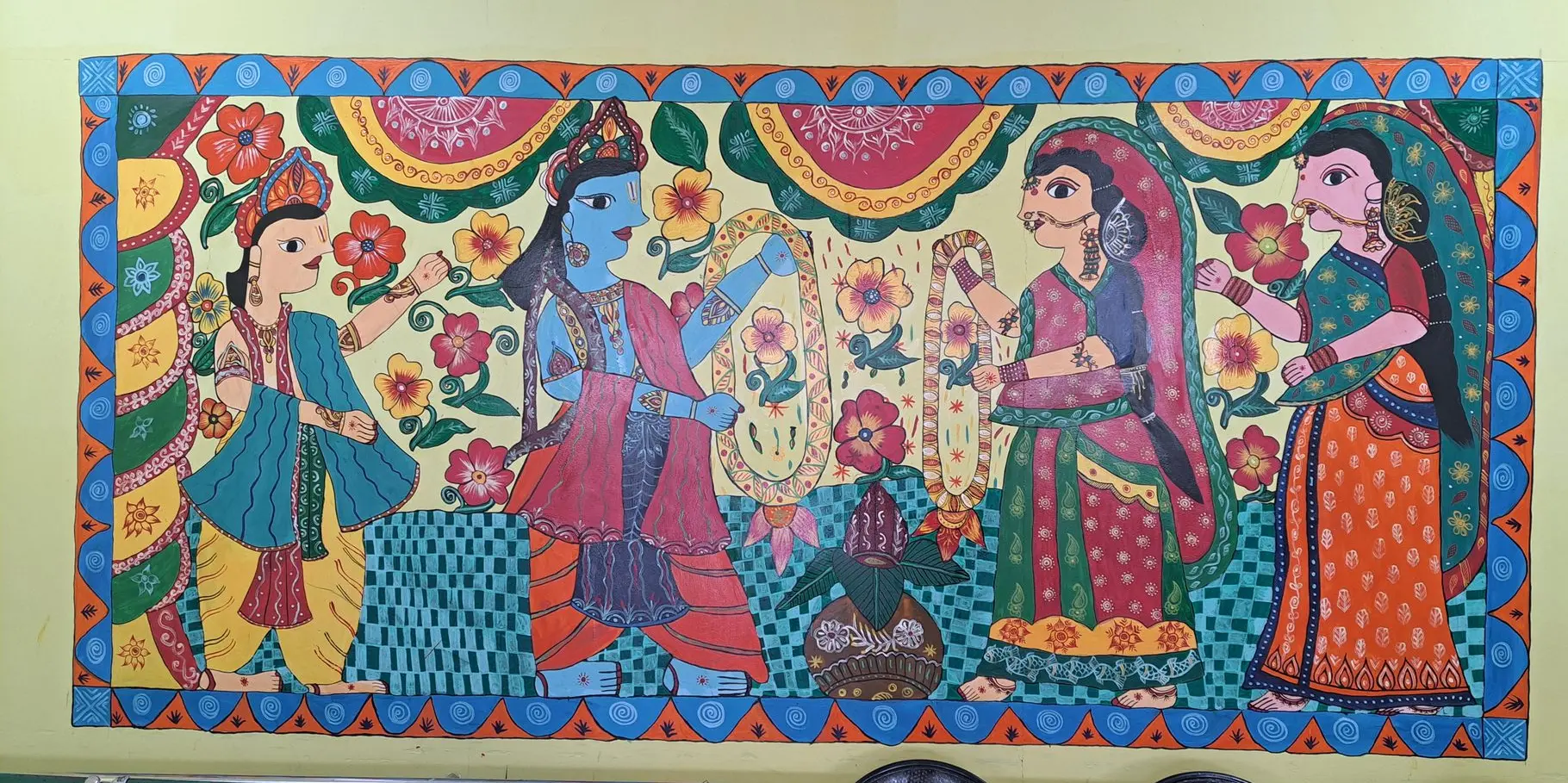
Figure 1: Mithila mural that depicts the Hindu god Rama and goddess Sita exchanging garlands as part of their wedding ceremony. Picture taken by Deborah de Koning, 19 June 2025, Janakpur International Airport.
Female Empowerment in Mithila Art
Mithila art is named after the region Mithila that includes part of the Bihar and Jharkand states of India and the Koshi Province, Bagmati Pradesh and Madhesh Province of Nepal. As a geographical location Mithila is referred to in many Hindu stories and legends and depictions of Hindu gods and goddesses are dominant in Mithila art. The art gallery of the Mithila artist Sunaina Thakur is even located on the premises of the Janaki temple in Janakpur (https://sunainaart.com/). The Janaki temple is built on the place where according to Hindu belief the goddess Sita lived prior to her marriage to the god Rama. The marriage of Rama with Sita is frequently depicted in Mithila art. Fragments from the marriage story can be found on temple walls and as framed pictures. These artworks show the exchange of garlands as part of the marriage ceremony (see figure 1) and the depiction of Rama lifting the bow of Shiva as part of a contest to find an eligible husband for Sita (see figure 2).
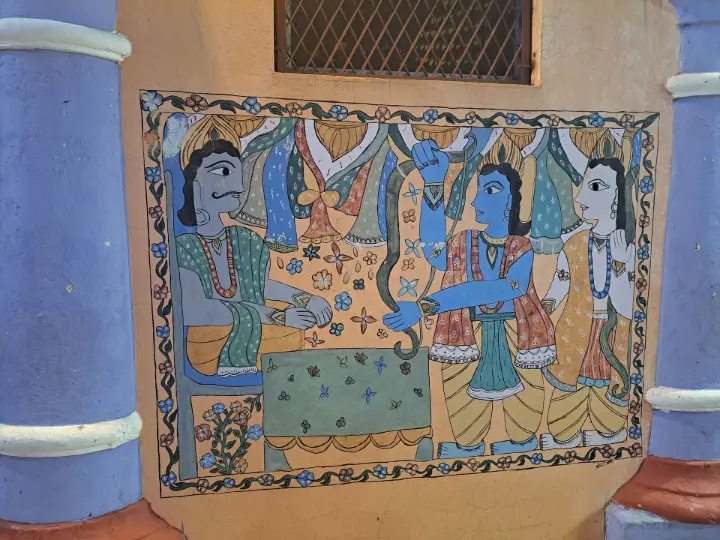
Figure 2: Rama lifting Shiva’s bow as part of the marriage contest to win Sita. Picture taken by Deborah, Janakpur, 18 June 2025.
Janakpur is a place where the Hindu caste system still dominates social and public life and gender equality is far from evident. Sunaina herself for instance married at the age of 13 and gave birth to her first child at the age of 16. Central to Sunaina’s art is women empowerment: she offers art classes to women and 15 women work in her art gallery. The strength of women is also extensively part of her artwork. Her art shows for instance women driving cow carts and men and women working together on the land.
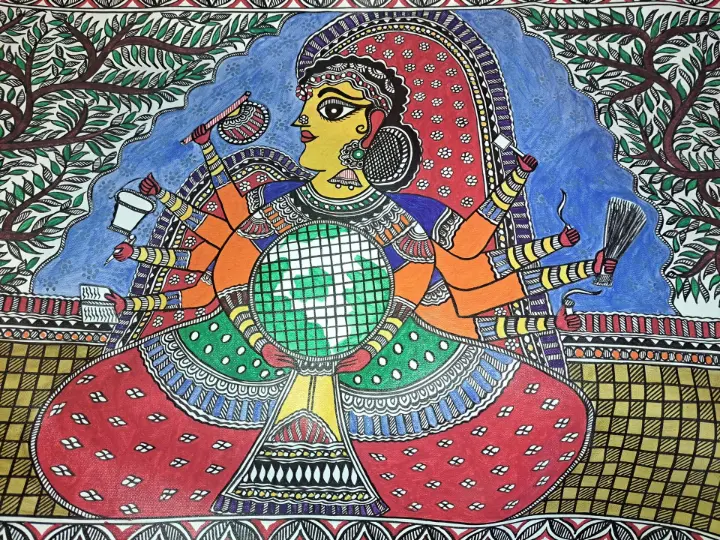
Figure 3: Artwork by Sunaina Thakur that depicts the multiple tasks of women. Picture taken by Deborah de Koning, Janakpur, 18 June 2025.
Artwork 1: The Global Image of Earth Pregnancy and Local Image of the Multiple Hands
One of Sunaina’s paintings is an interesting blend of local and global imagery. This artwork places in its center a female figure with multiple arms and hands who is pregnant of the earth (see figure 3). In the West this image is associated with the goddess Gaia (see figure 4). Sunaina explained that she used this image to visualize that women provide (earth with) life and care for it.
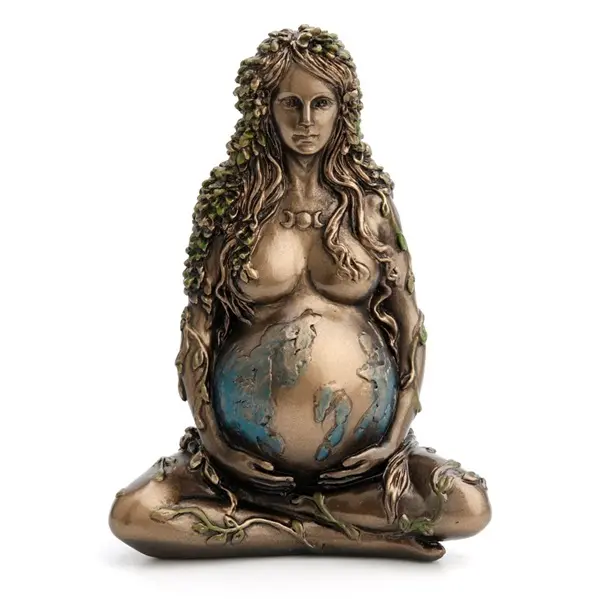
Figure 4: statue of the goddess Gaia who is pregnant of the earth.
https://www.amazon.com/Veronese-Design-Pregnant-Sitting-Figurine/dp/B0C61WRT5X
In addition to this global image of Earth pregnancy, this Mithila artwork shows that the pregnant women has multiple hands. In her hands the woman holds not only her pregnant belly, but also a book, a bucket, and some other utensils. This symbolizes the multiple tasks that women perform throughout the day (personal conversation with Sunaina). In Hinduism several female goddesses (like Durga and Lakhsmi) are depicted with multiple arms and hands to symbolize their enormous strength and power and their capability to perform multiple tasks at the same time (see figure 4). Whereas in global imagery the earth is sometimes kept in multiple hands, the female figure in this artwork resembles thus Hindu goddesses. This artwork includes both the global image of the life and care-giving nature of women for the earth and local imagery of female goddesses with multiple hands to express the multiple talents of women.
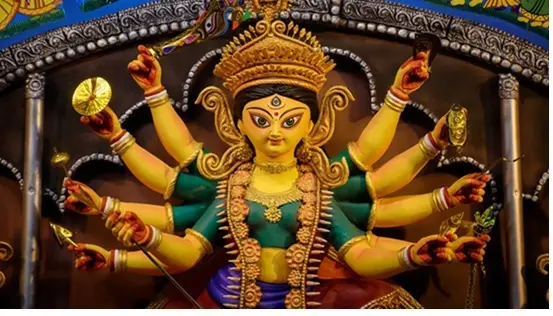
Figure 5: The Hindu goddess Durga with multiple arms and hands. https://www.hindustantimes.com/lifestyle/festivals/navratri-2024-did-you-know-maa-durga-got-her-10-weapons-from-10-gods-heres-who-gave-what-and-why-101728109409333.html
Artwork 2 and 3: Global Crisis, Earth Care, and Cosmic Fight
Earth imagery is also part of a triptych painting made by Sunaina during the COVID lockdown (see figure 6, original sold to a hospital; and figure 7). On the left, the painting shows the earth kept on a mouth mask held by female hands). Sunaina used this image to make people aware that they should use mouth masks and take medicines against COVID. The artwork illustrates the vital role of women during the lockdown. Sunaina explained that women cooked food an offered medicines to the people in the family who fell ill. This artwork expresses the selflessness and care that women have for others. A more extensive illustration of the central role of women in times of COVID is found in another artwork of Sunaina (see figure 7).
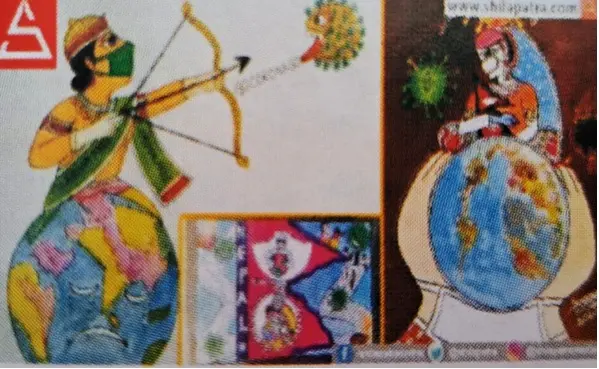
Figure 6: COVID Artwork by Sunaina Thakur (sold to a hospital).
In addition to this globally used image of the earth kept in hands – complemented during COVID with a mouth mask to indicate the specific global crisis at stake – the painting also contains an interesting part that particularly relates to Hinduism: it shows the god protecting a crying earth by pointing his bow and arrow towards the Covid virus in the sky (see figure 6). The image of Rama with his bow and arrow pointing towards the sky is normally used to explain the part of the Ramayana story when Rama defeats Ravana, the kidnapper of his wife Sita. Sunaina explained that the people during COVID prayed to God Rama to save them. That is why she adjusted this Rama imagery. It shows him fighting against the COVID virus to protect the earth. The earth is here depicted with a sad face, which is also a commonly used image of the earth in climate change protests.
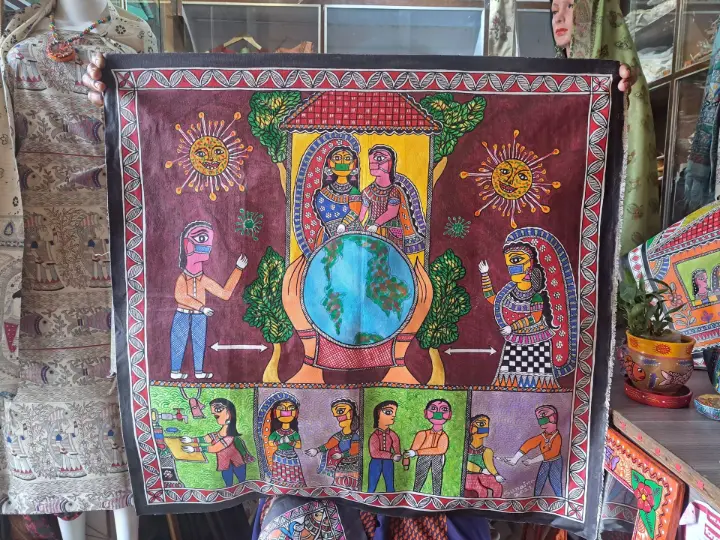
Figure 7: COVID Artwork by Sunaina Thakur. Picture taken by Deborah de Koning, Janakpur, 15 June 2025.
Sunaina’s COVID artwork illustrates the glocality of earth imagery in art. The depictions of the earth kept in hands, as belly of a pregnant woman, and the earth with a sad face have strong connections with global earth imagery. Of specific interest is the connection of women with the earth in crisis. Global earth-in-crisis images often depict the earth as a mother in need (see https://religionclimate.org/blog/current-insights-1/love-your-mother-gendered-protest-signs-from-the-dutch-climate-march-2023-25). In Sunaina’s artwork it is less about the depiction of the gender of the earth. Instead, Sunaina’s art reproduces the (local) gender roles of women as mothers and caregivers. In addition, it displays martial imagery of the Hindu god Rama fighting against the demon Ravana, confirming traditional gender role models.
Sunaina’s art is an interesting example of how artists reproduce global images of the earth in times of crises and how they complement these global images with local religious imagery to visualize their perspectives on the crisis at stake. A close look at the local imagery that Sunaina uses in her glocal artwork discloses local perspectives on gender roles and religious meaning-making in times of crisis.
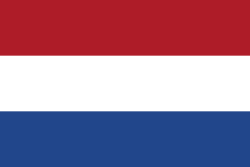
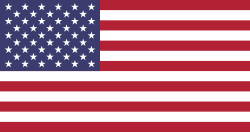
Glocal Earth Imagery in Times of Crises: A Case-Study from Nepal